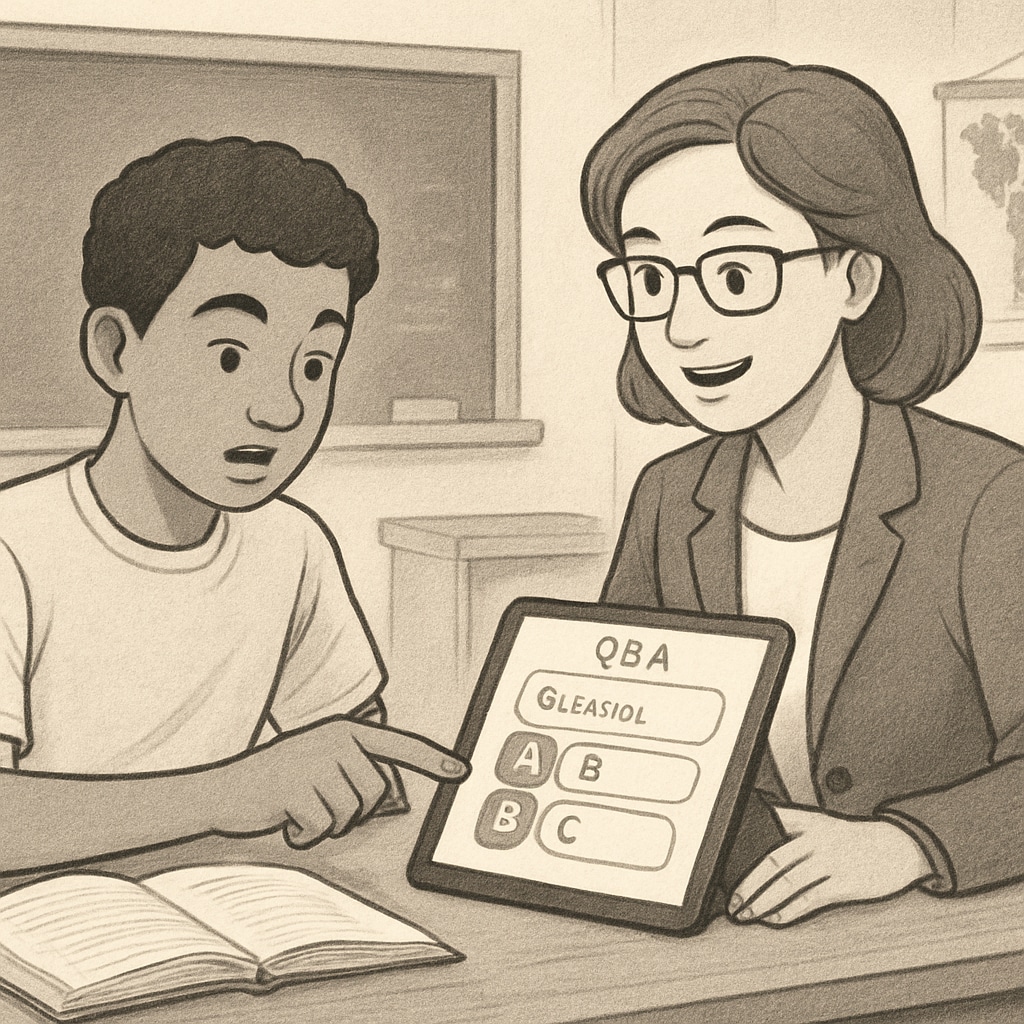The education sector faces a range of challenges, as revealed in a recent survey on key education pain points, tools, and student-educator feedback. Teachers and students alike encounter hurdles such as time management, communication barriers, and unequal resource distribution. By identifying these challenges, this article explores tools and strategies to foster a more effective and harmonious education ecosystem.
Time Management: A Core Challenge in Education
Time management is a persistent issue in the education sector, especially for teachers balancing lesson planning, grading, and administrative tasks. Students, on the other hand, struggle with juggling academic responsibilities and extracurricular activities. This dual challenge often leads to stress and decreased productivity.
For instance, a study highlighted that teachers spend nearly 50% of their working hours on non-teaching tasks, leaving limited time for one-on-one student engagement. Similarly, students often report difficulty in managing overlapping deadlines, leading to burnout.
- Digital tools such as Kanban boards can help teachers organize their tasks efficiently.
- Students can benefit from apps like time-blocking planners, which allow them to allocate specific hours to assignments and leisure.

Breaking Communication Barriers
Effective communication between teachers, students, and parents is crucial for a successful education environment. However, miscommunication or lack of communication often emerges as a major pain point. For instance, parents may feel disconnected from their children’s academic progress, while students might hesitate to voice concerns about their learning challenges.
To address this, schools are adopting tools such as centralized communication platforms. These tools enable real-time updates, progress tracking, and direct messaging between all stakeholders. Additionally, fostering an open classroom culture, where students feel comfortable sharing their thoughts, can bridge gaps in communication.
- Platforms like ClassDojo allow teachers to share student updates with parents seamlessly.
- Interactive forums and Q&A platforms can encourage student participation and provide instant feedback.

Resource Allocation: Ensuring Equity in Education
Resource allocation remains a significant challenge, particularly in underfunded schools. Disparities in technology access, classroom materials, and extracurricular opportunities create an uneven playing field for students. For educators, this inequality adds to the stress of meeting diverse student needs with limited resources.
To address resource gaps, several initiatives have emerged, such as online libraries and open educational resources (OER). These platforms provide free access to learning materials, ensuring that students in resource-constrained environments can still access quality education.
For example, OER repositories offer a range of curriculum-aligned materials that teachers can adapt for their classrooms. Additionally, crowdfunding platforms enable schools to raise funds for essential supplies.
Future Outlook: Optimizing the Education Ecosystem
Addressing these pain points requires a collaborative approach involving educators, students, parents, and policymakers. By leveraging technology and incorporating feedback from all stakeholders, the education ecosystem can evolve to meet the diverse needs of its participants.
In conclusion, recognizing and addressing the key challenges in education—time management, communication barriers, and resource allocation—can significantly improve the learning experience. Tools tailored to these pain points, alongside open communication and equitable resource distribution, hold the potential to transform classrooms into inclusive and productive environments.
Readability guidance: Short paragraphs and lists summarize key points effectively. Transition words (e.g., for example, in addition, as a result) guide the reader through the content. The article balances active voice with occasional passive voice for clarity. Images illustrate examples, such as digital tools or collaborative learning settings.


